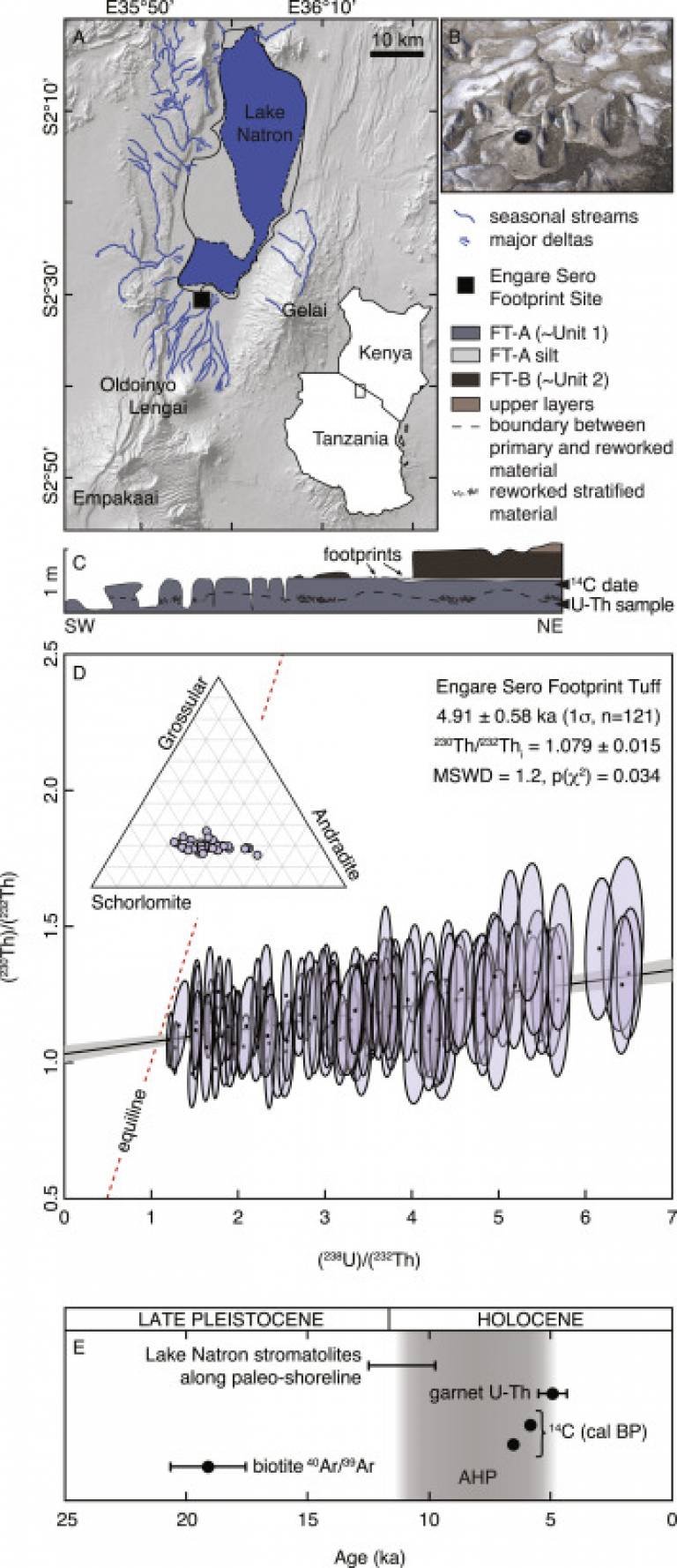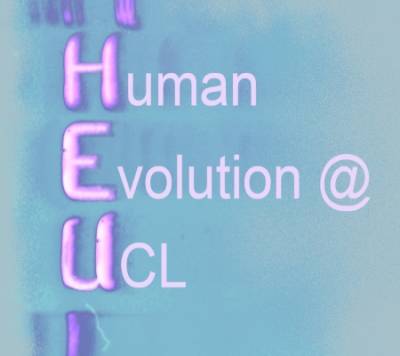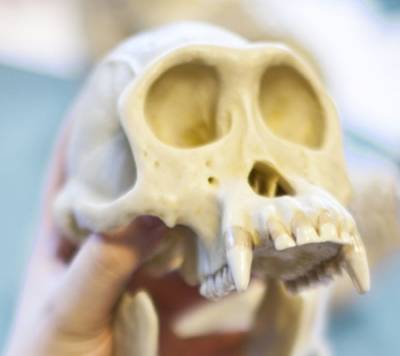Radiometrically dating the volcanic rocks encasing the Engare Sero Footprints using garnet 238U-230Th geochronology
6 January 2019
Radioisotopic dates for Late Pleistocene to Holocene silica-undersaturated volcanic rocks are often imprecise, limiting our ability to assess the frequency of eruptions in alkaline volcanic provinces, evaluate related volcanic risk and date associated archaeological sites.
 Here, we present a new approach to dating alkaline volcanic rocks employing 238U-230Th disequilibrium dating of Ca-rich garnet phenocrysts by laser ablation inductively coupled plasma mass spectrometry (LA-ICPMS). We document analytical protocols and apply this technique to date magmatic garnets from the 472 AD Pollena eruption of Vesuvius (Southern Italy) and from the Engare Sero Footprint Tuff, a volcaniclastic unit attributed to Oldoinyo Lengai (Northern Tanzania). Garnet phenocrysts from the Pollena phonolite yield a well-defined U-Th isochron with a date of 2.28 ± 0.71 ka (1σ) that is indistinguishable from the historical date and suggests that garnet crystallized close to eruption with a pre-eruption residence time of less than 1.6 kyr. Garnets from the Engare Sero Footprint Tuff yield a U-Th isochron date of 4.91 ± 0.58 ka (1σ). This date is compatible with 14C and 40Ar/39Ar dates that bracket tuff deposition to between ∼5 and ∼19 ka but confidently constrains the age of the Engare Sero Footprint Tuff to the mid-Holocene. These examples demonstrate the potential of this new approach for dating Late Pleistocene to Holocene silica-undersaturated volcanic rocks at millennial-scale precision and for investigating magma chamber processes beneath active alkaline volcanoes.
Here, we present a new approach to dating alkaline volcanic rocks employing 238U-230Th disequilibrium dating of Ca-rich garnet phenocrysts by laser ablation inductively coupled plasma mass spectrometry (LA-ICPMS). We document analytical protocols and apply this technique to date magmatic garnets from the 472 AD Pollena eruption of Vesuvius (Southern Italy) and from the Engare Sero Footprint Tuff, a volcaniclastic unit attributed to Oldoinyo Lengai (Northern Tanzania). Garnet phenocrysts from the Pollena phonolite yield a well-defined U-Th isochron with a date of 2.28 ± 0.71 ka (1σ) that is indistinguishable from the historical date and suggests that garnet crystallized close to eruption with a pre-eruption residence time of less than 1.6 kyr. Garnets from the Engare Sero Footprint Tuff yield a U-Th isochron date of 4.91 ± 0.58 ka (1σ). This date is compatible with 14C and 40Ar/39Ar dates that bracket tuff deposition to between ∼5 and ∼19 ka but confidently constrains the age of the Engare Sero Footprint Tuff to the mid-Holocene. These examples demonstrate the potential of this new approach for dating Late Pleistocene to Holocene silica-undersaturated volcanic rocks at millennial-scale precision and for investigating magma chamber processes beneath active alkaline volcanoes.
In-situ garnet 238U-230Th geochronology of Holocene silica-undersaturated volcanic tuffs at millennial-scale precision
Jörn-Frederik Wotzlaw, Marcel Guillong, Anna Balashova, Francesca Fornia, István Dunkl, Hannes B. Mattsson, Olivier Bachmann
DOI: 10.1016/j.quageo.2018.10.004
 Close
Close




